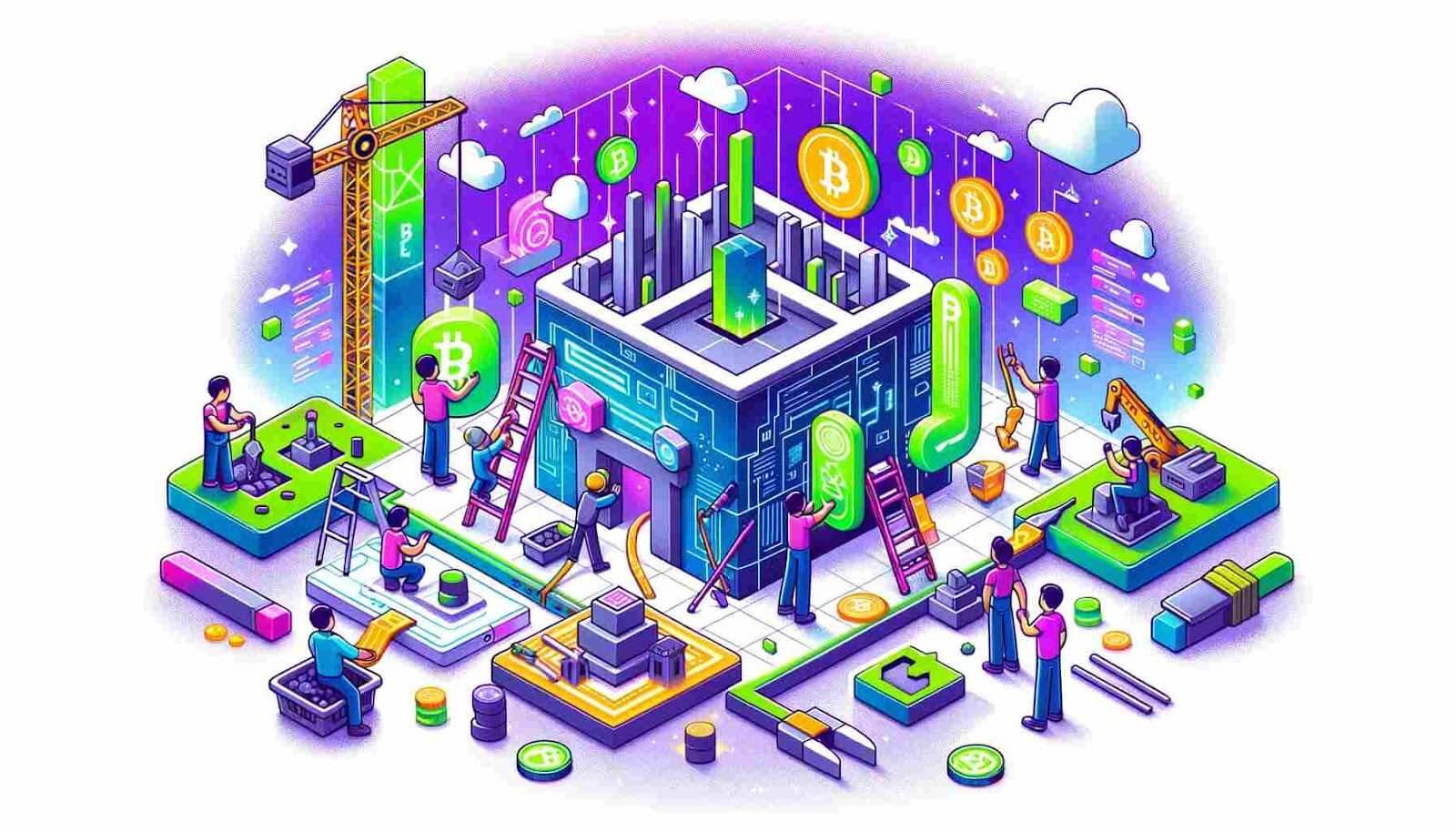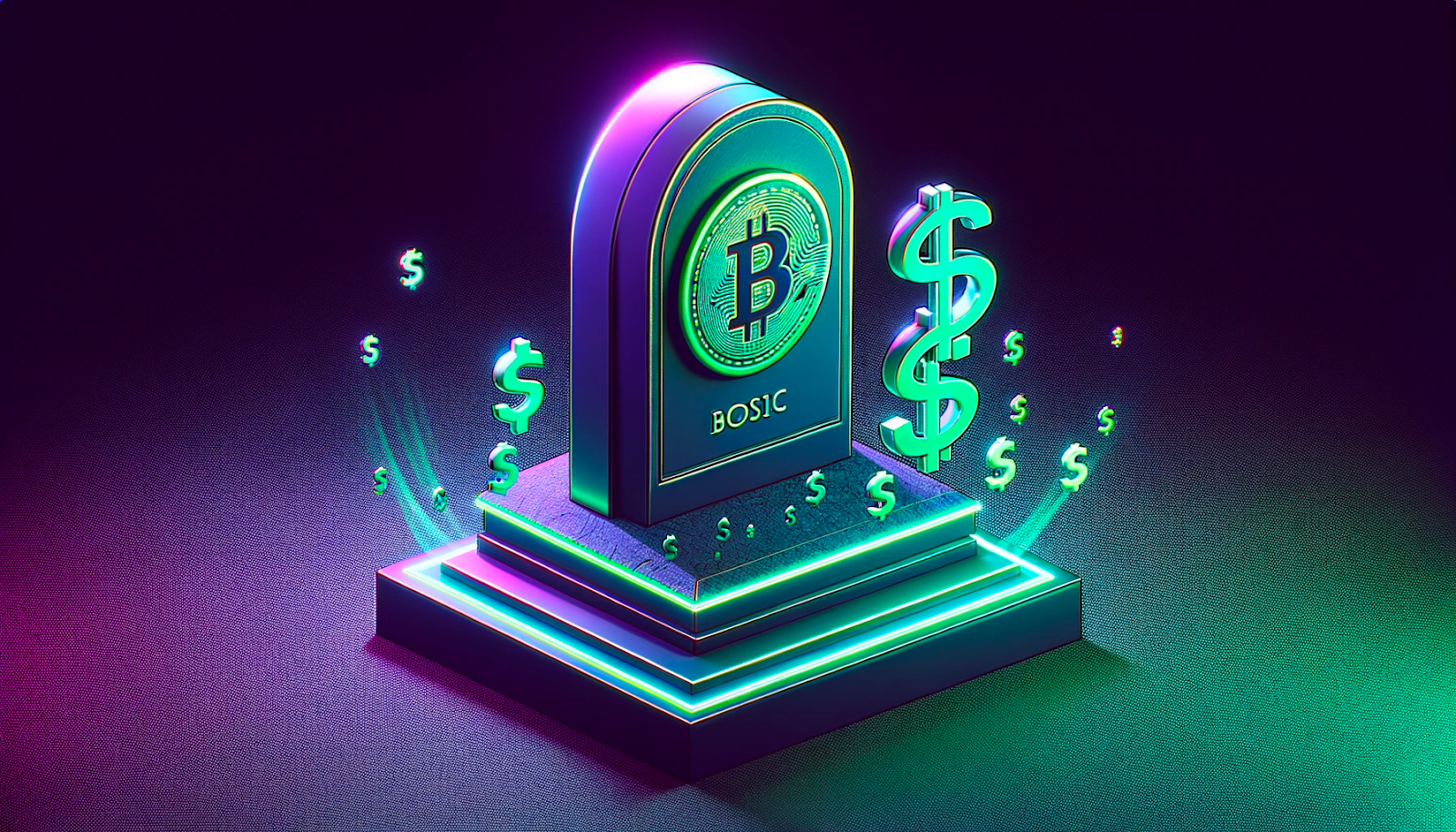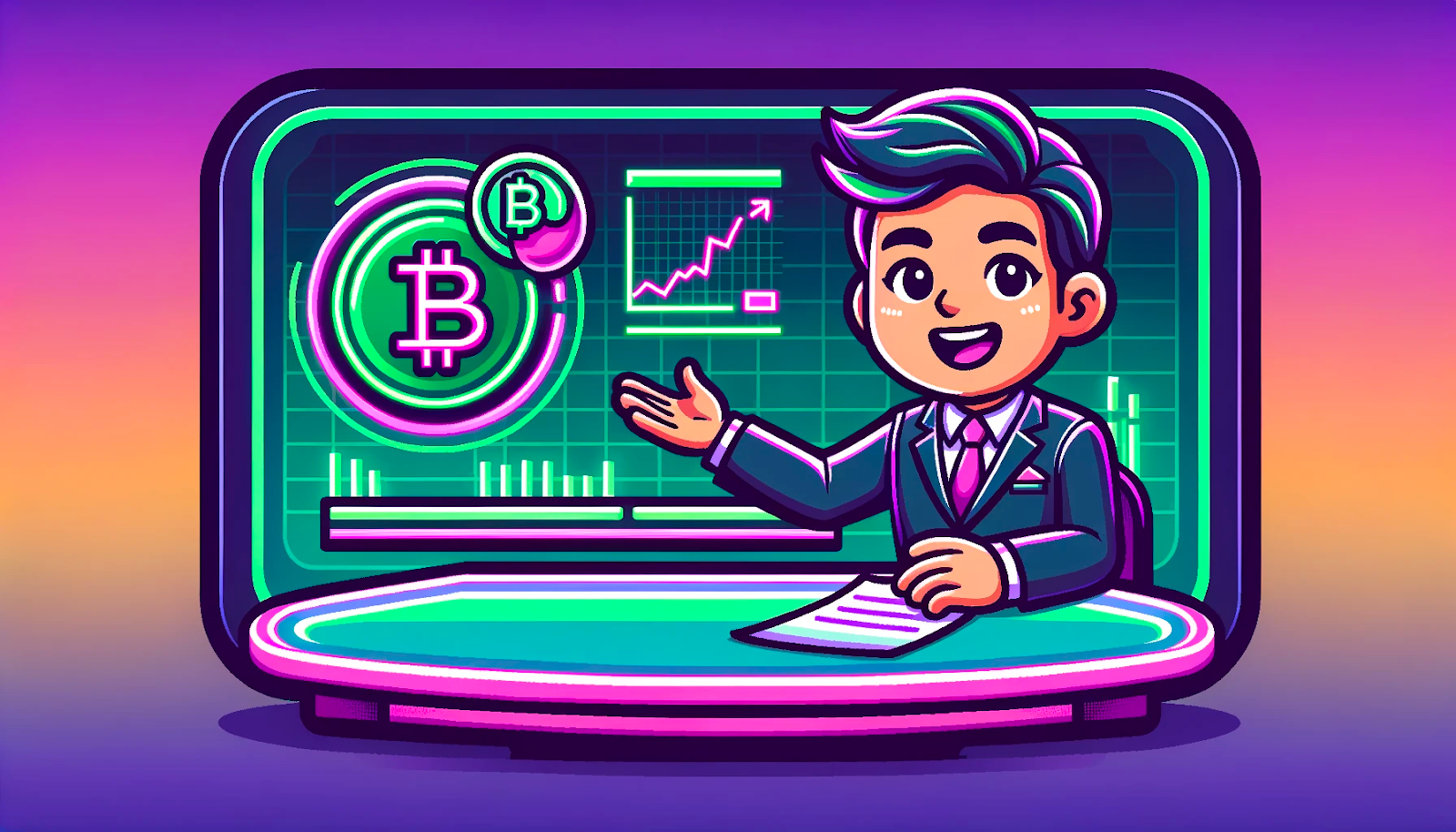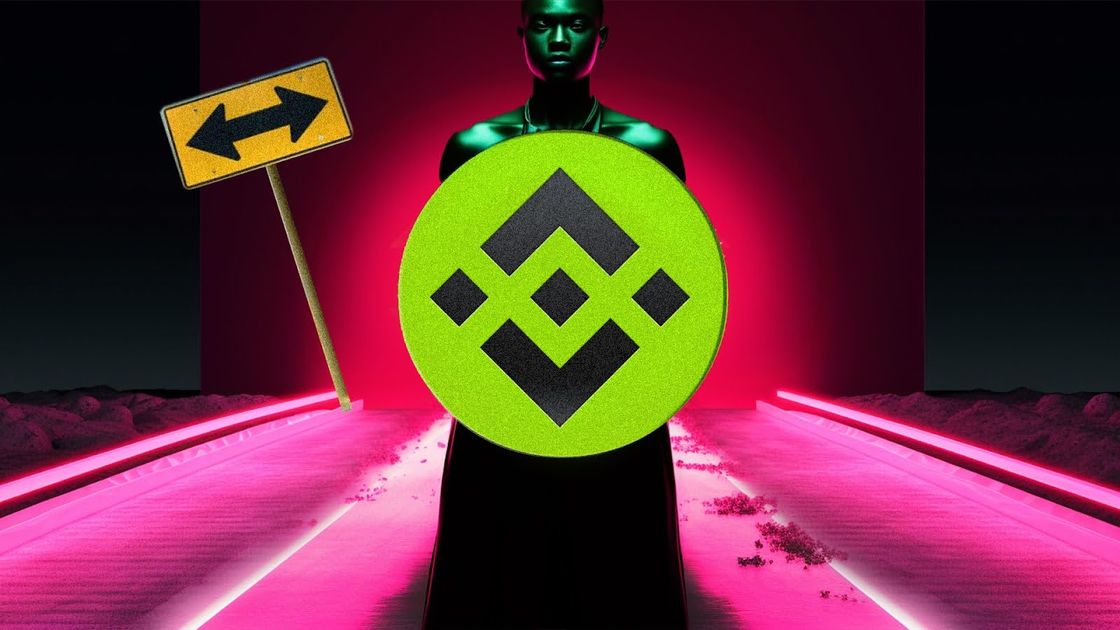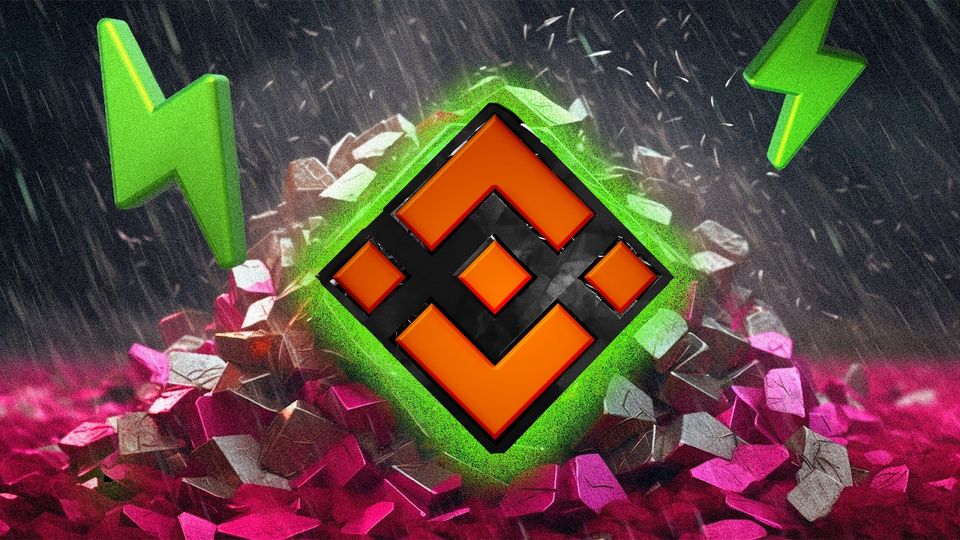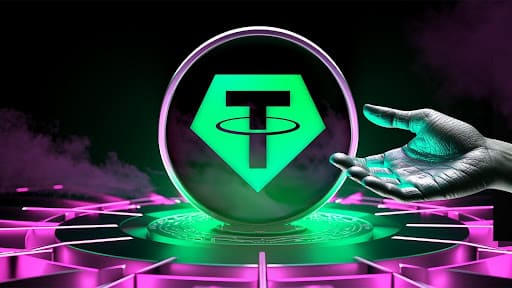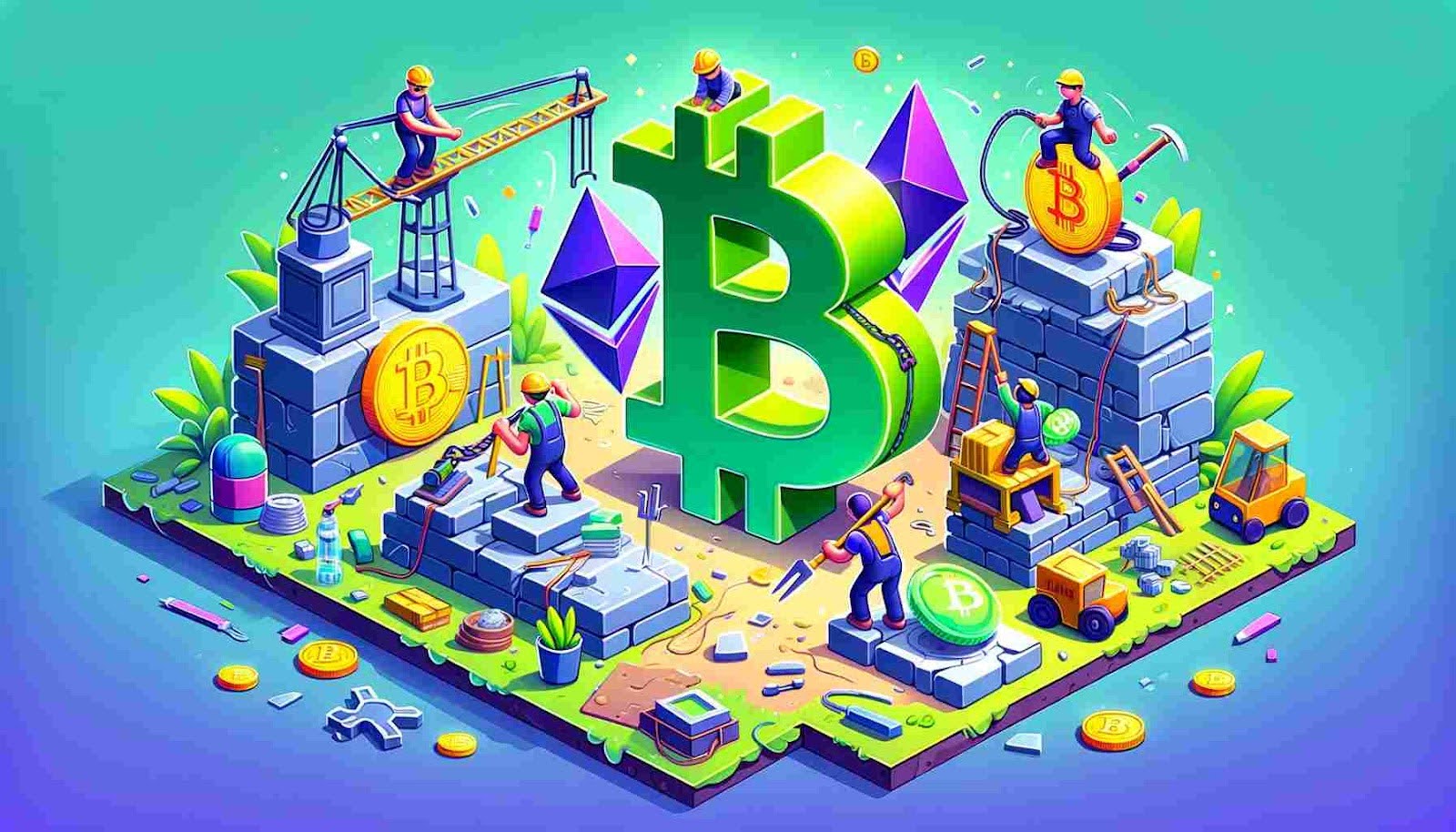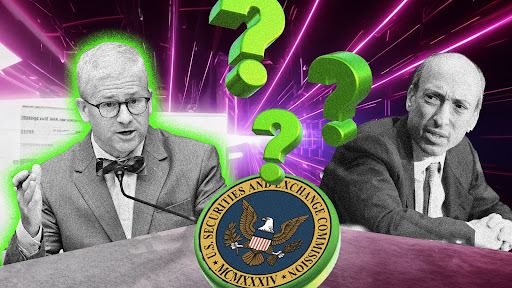
With Disney recently announcing a highly anticipated and somewhat out of the blue NFT platform, now more than ever is the time to ask ‘are NFTs dead?’
As we all know, the non-fungible spending spree of 2021 is now a thing of the distant past… to a point wherein the space has exceeded its limits of ridicule to now enter a void of forgottenness.
In turn, this has left OpenSea with thousands of redundant PFP projects, as well as thousands of degen trader portfolios that have plummeted to zero.
Are NFTs Dead? - The Current State of Affairs
Quite rightly, NFTs are seen as a prime example of high supply/demand levels not necessarily equating to high quality.
This is because most NFTs are nothing more than JPEGs and digital art pieces that possess zero utility beyond their cosmetic features…just take a look at NFT marketplaces such as OpenSea or Magic Eden to see for yourselves.
As you probably already know, such sentiment has been echoed across mainstream narratives ever since 2021 - i.e. the time in which the industry experienced its first bull run thanks to the cyclical and simultaneous skyrocket of the crypto space. Here, projects such as CryptoPunks - which, like Bitcoin (BTC) is the OG of the space - Bored Ape Yacht Club (BAYC), Doodles, and other ‘Blue-Chip’ projects shot into Web3 stardom.
Nonetheless, the NFT hype has most certainly plunged since the dawn of the bear market in April 2022, which is why as of today, the NFT market is void of any high-octane activity. In fact, this is something that pop culture magazine Rolling Stone recently referenced in its September 2023 headline “Your NFTs are actually — finally — totally worthless”.
As provocative as such a statement may sound, there may lie some truth in it. This is because the corresponding article went on to reveal how 95% of all NFTs in existence are essentially worth nothing, and that today’s weekly NFT trade volumes are only 3% of what it was in August 2021.
Whilst the specific figures provided in such articles may be up for debate, its core message is undoubtedly coherent with the reality of today…which is that the NFT industry is in a deep, deep recession.
Blue Chip NFTs
Even during the peak of the bull market - wherein Blue-Chip collections such as Bored Ape Yacht Club (BAYC) and CryptoPunks achieved and sustained floor prices that exceeded £100,000 - the NFT space still garnered a healthy load of ridicule from outsider onlookers.
As of today, the same two projects - which essentially are the Bitcoin and Ethereum equivalents of the NFT world - perhaps warrant even more ridicule, as their floor prices have sunken to around $60,000 and $120,000 respectively… two figures that look good in isolation, however bearish when compared to their 2021/2022 heights.
Additionally, other leading Blue-Chip projects such as Moonbirds and Doodles have faced even harsher declines. For example, Moonbirds’ current floor price of $4,200 is a drastic drop from its all-time-high (ATH) of $115,500, whilst Doodles’ $4,200 floor price is considerably less than its ATH of around $50,000.
More anecdotally, celebrities such as Justin Bieber, Eminem, Paris Hilton, and Snoop Dogg previously purchased Blue-Chip NFTs in the 7-figure range…which in turn boosted the space’s notoriety and ridicule simultaneously.
However more poignantly, given the undeniable bearish conditions of today, not only are you unlikely to see such A-list purchases be replicated, but you’re also unlikely to see the these same figures flaunt their ludicrously-priced JPEGs across social media…as the hype is gone, and it’s not a ‘cool’ or relevant thing to do anymore.
They Go Beyond JPEGs…
Away from utility-less JPEGs that host nothing but unique semblances of cosmetic features, there are other areas of the NFT space that supposedly host value for traders and investors.
One of these is CryptoArt, however with the ease-of-production and ironic uniformity (at times) of such assets, they’re largely prohibited from ever reaching or surpassing the success, acclaim, or investment status of their physical counterparts.
With this harsh truth in mind, another talking point when it comes to NFTs - for another day that is - is how the asset class can transform itself into one of vast applicability and usefulness - as like crypto, these blockchain-residing assets have the potential to build a new world that’s centred around decentralised living.
For example, the true value of NFTs could lie within the realm of blockchain gaming, ticketing, personal document storage, music, and general asset ownership etc.
In-fact, the likes of Square Enix, EA, Ubisoft, Sega, and more, have already expressed their interest in adding NFTs into their gaming ecosystems, whilst artists such as Harry Styles, Justin Bieber, and Web3 evangelist Snoop Dogg have began experimenting with blockchain technology in order to enhance fan experiences.
Justin Bieber purchased this Bored Ape NFT in January 2022 for $1.31 million.
— Watcher.Guru (@WatcherGuru) July 3, 2023
Today, it's worth $59,090. pic.twitter.com/nKKDzH3UvP
Are NFTs Dead? - Final Thoughts
Unlike crypto’s programmable 4-year cycle, we’re in the first NFT bear market in history… which means that speculators don’t have much to work with when it comes to predicting the future trajectory of the space.
However, perhaps the answer to the question ‘are NFTs dead’ depends on the NFT you’re talking about, as whilst the JPEG variety may have had their day, the technology still has the ability to evolve into something else come the expansion of other blockchain developments.
Further, given the sheer investment and trust being poured into blockchain innovations (through the likes of Animoca Brands, a16z, and now Disney), such transition is more or less inevitable…therefore meaning that the answer to ‘are NFTs dead’ isn’t necessarily a categoric yes, but rather a matter of evolution that involves outgrowing primitive products.
Want More Cutting-Edge Crypto News?
Follow Us: X TikTok Instagram Telegram LinkedIn
Sign up to our newsletter at the bottom of the page
Check Out Our Top 10 Crypto Currencies of 2023
This article is intended for educational purposes and is not financial advice.


